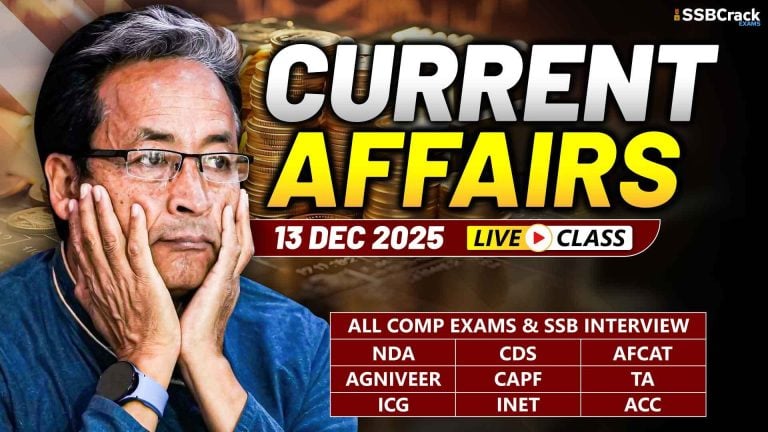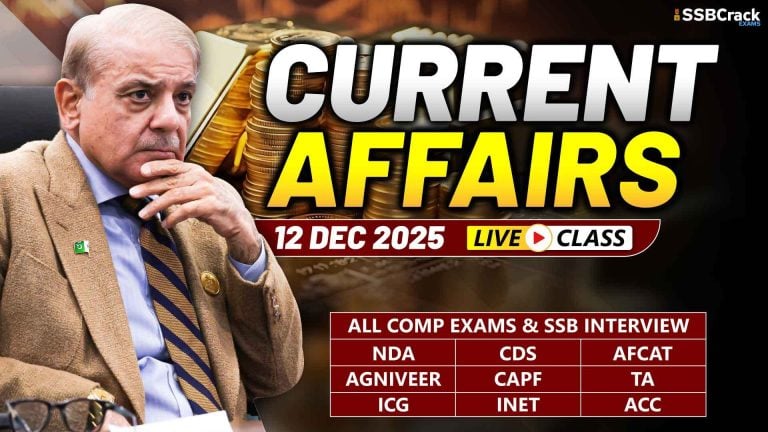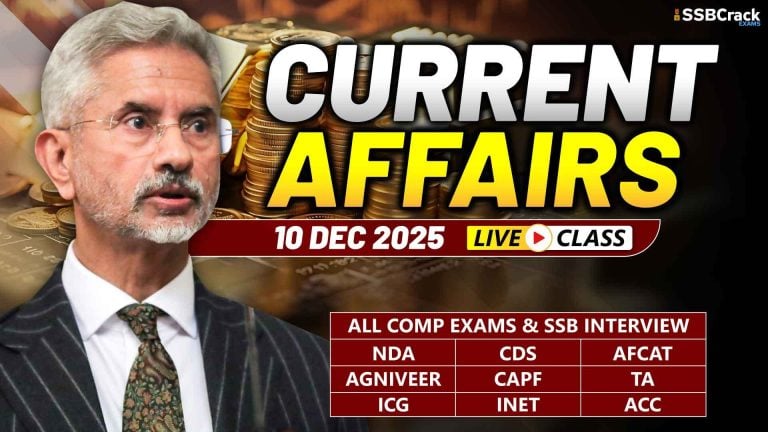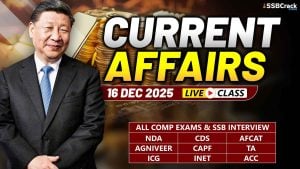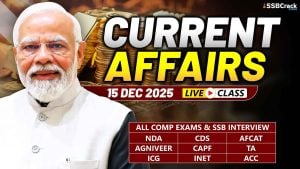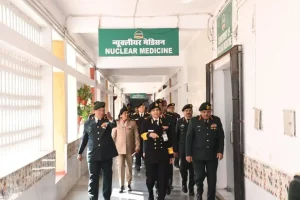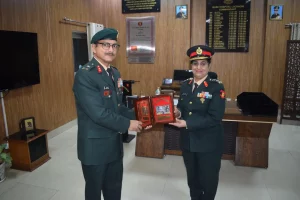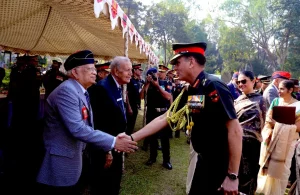US President Donald Trump has yet again claimed that he “got India and Pakistan to stop fighting” by using trade talks as a bargaining chip. “We talk trade, and we say we can’t trade with people who are shooting at each other and potentially using nuclear weapons They understood and they agreed, and that all stopped,” Trump said on May 31. New Delhi has repeatedly emphasised that the recent ceasefire in Operation Sindoor came after bilateral talks with Pakistan, and that trade with US did not figure in the calculations.
History Of US Role In India-Pakistan Issues
Why In News
- US President Donald Trump has yet again claimed that he “got India and Pakistan to stop fighting” by using trade talks as a bargaining chip. “We talk trade, and we say we can’t trade with people who are shooting at each other and potentially using nuclear weapons They understood and they agreed, and that all stopped,” Trump said on May 31. New Delhi has repeatedly emphasised that the recent ceasefire in Operation Sindoor came after bilateral talks with Pakistan, and that trade with US did not figure in the calculations.
‘Betrayal’ And Hyphenation At The UN
- The history of the hyphenation and of India’s distrust of third parties are intertwined. Barely two months after independence in August 1947, infiltrators from Pakistan attacked Jammu and Kashmir.
- Viceroy Lord Louis Mountbatten advised India to go to the UN, which it did on January 1, 1948. India had expected that its rights over a territory which legitimately acceded to it would be respected at the UN. However, the British did not support India, which many Indians perceived as a betrayal.
- Historian Ramachandra Guha writes (in the book India after Gandhi) of the January-February 1948 UN sessions, “India suffered a significant symbolic defeat when the Security Council altered the agenda item from the ‘Jammu and Kashmir question’ to the ‘India-Pakistan question’.”
- This is how the formal hyphenation on international fora began. India’s objection to this treatment broadly are — such a framing puts India and Pakistan on the same level when the two parties are not comparable actors, India is the victim of Pakistan’s territorial aggression; and that India’s identity, as a democratic country and significant economy, can’t be tied to Pakistan’s. New Delhi believes that the world should engage with India in its own right and not as one half of a conflict zone. This is a goal it has been able to achieve to a large degree.
- UN episode also put India off bringing in bigger powers, while Pakistan preferred internationalising the Kashmir issue.
- During the Cold War years, the West, led by the US, saw Pakistan as a critical ally in the tussle with the Soviet Union, while the non-aligned India was considered less dependable. Later, the war in Afghanistan and the US ‘war on terror’ ensured Pakistan’s importance for the US and the West, often to India’s disadvantage.
- Also, India with its potential to emerge as a leader of the Global South, does not believe it depends on bigger powers to help solve its problems.
Role Of The US
- To understand this in brief, the USA’s actions during four wars fought by India can be considered. Alongside this, India and US have had a storied bilateral relationship quite independent of the Pakistan issue.
- The 1947 India-Pakistan war: Quite contrary to what Trump is doing now, in 1947, the US wanted India and Pakistan to resolve their issues bilaterally.
- A position paper sent by the US Secretary of State to the embassy in India says, “We would much prefer that the Kashmir question be settled by direct negotiation between India and Pakistan. However, in the event that a resolution requesting the intervention of the United Nations, and in particular requesting the United Nations to supervise a referendum in Kashmir, is introduced by India or Pakistan and supported by the United Kingdom, the United States Delegation should also support the resolution.”
- The 1962 India-China war: In this war, the US helped India, airlifting military supplies. However, it used the goodwill thus generated to get together with the UK and pressure India to talk to Pakistan. Six rounds of talks were held, with no progress.
- Then US Undersecretary of State Chester Bowles wrote about that period, “We had also—rather ineptly—seized upon India’s acute need for US assistance as a lever to force India to make concessions to the Pakistanis in regard to Kashmir, which no democratic Indian Government could make and survive.”
- While the fighting was on, then US President John F Kennedy is believed to have stopped Pakistan from opening another front against India. Bruce RiedelSenior Fellow of the American think tank Brookings, wrote in 2015, “Then Pakistan President Ayub Khan told Kennedy that he wanted “compensation” from India in Kashmir for Pakistan’s neutrality during the war. Kennedy made clear to Ayub that no such compensation would be tolerated, and that Pakistani intervention in the war in the Himalayas would be seen by Washington as a hostile act.”
- 1971 India-Pakistan war: This was the time the US backed Pakistan most forcefully and publicly, even dispatching warships towards the Bay of Bengal.
- The US Department of State has a website called Office of the Historian. Its article on the 1971 war says that as Pakistan had recently helped the US and China start diplomatic ties, Washington decided to back Pakistan against India, but the “action against the mass protests in East Pakistan was well-publicized and widely condemned, which limited the extent to which the US Government was willing to help the Pakistani Government…”
- Eventually, America’s actions during this war damaged its prestige “in both nations, in Pakistan for failing to help prevent the loss of East Pakistan and in India for supporting the brutality of the Pakistani regime’s actions…”
- Kargil war of 1999: If the previous war had seen the US veer very close to Pakistan, the Kargil war redefined its relationship with India. Riedel wrote in 2019, “When the US determined that Pakistan had deliberately violated the Line of Control near Kargil, [then President Bill] Clinton did not hesitate to blame Pakistan for risking a broader war. For the first time, an American administration was siding publicly with India against Pakistani aggression.”
- Clinton played a major role in getting Pakistan to retreat behind the LOC.
- After this, Clinton visited the subcontinent in 2000. He was the first US President to come to India in over 20 years. He spent five days in India, in contrast with just a few hours in Pakistan.
- Apart from these wars, the US has also worked to defuse tensions after the Parliament attack in 2001 and the Mumbai terror attacks of 2008.














